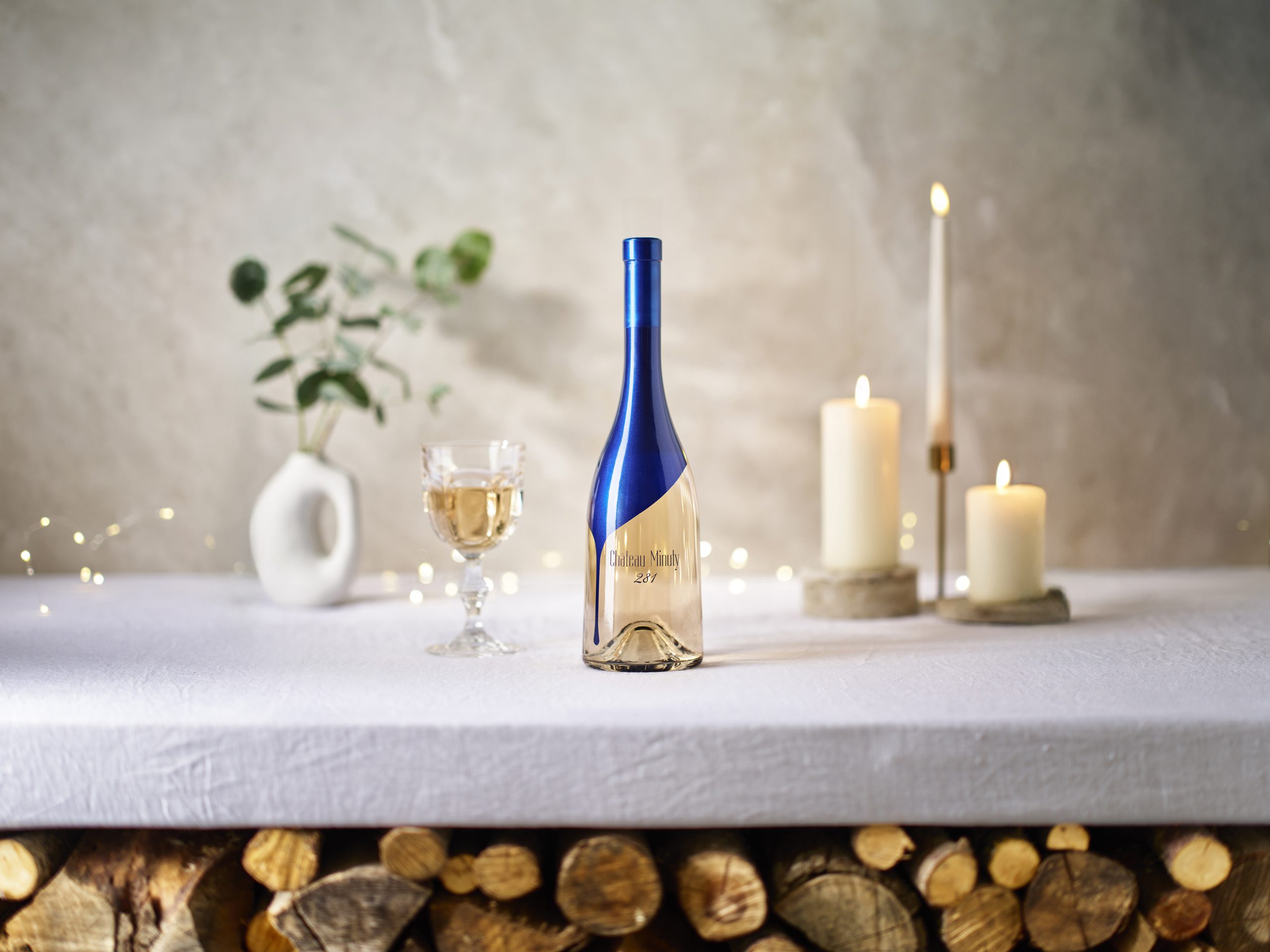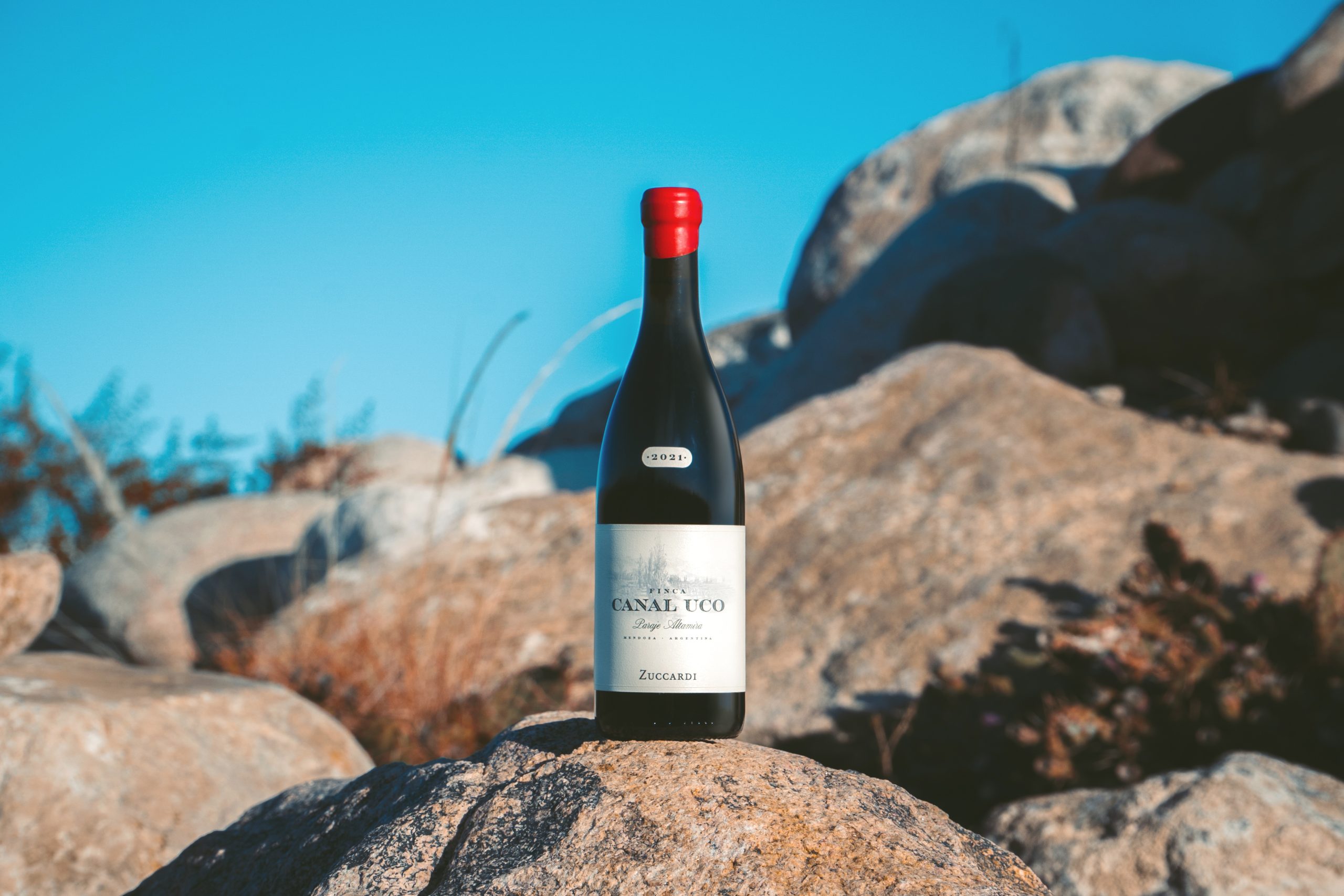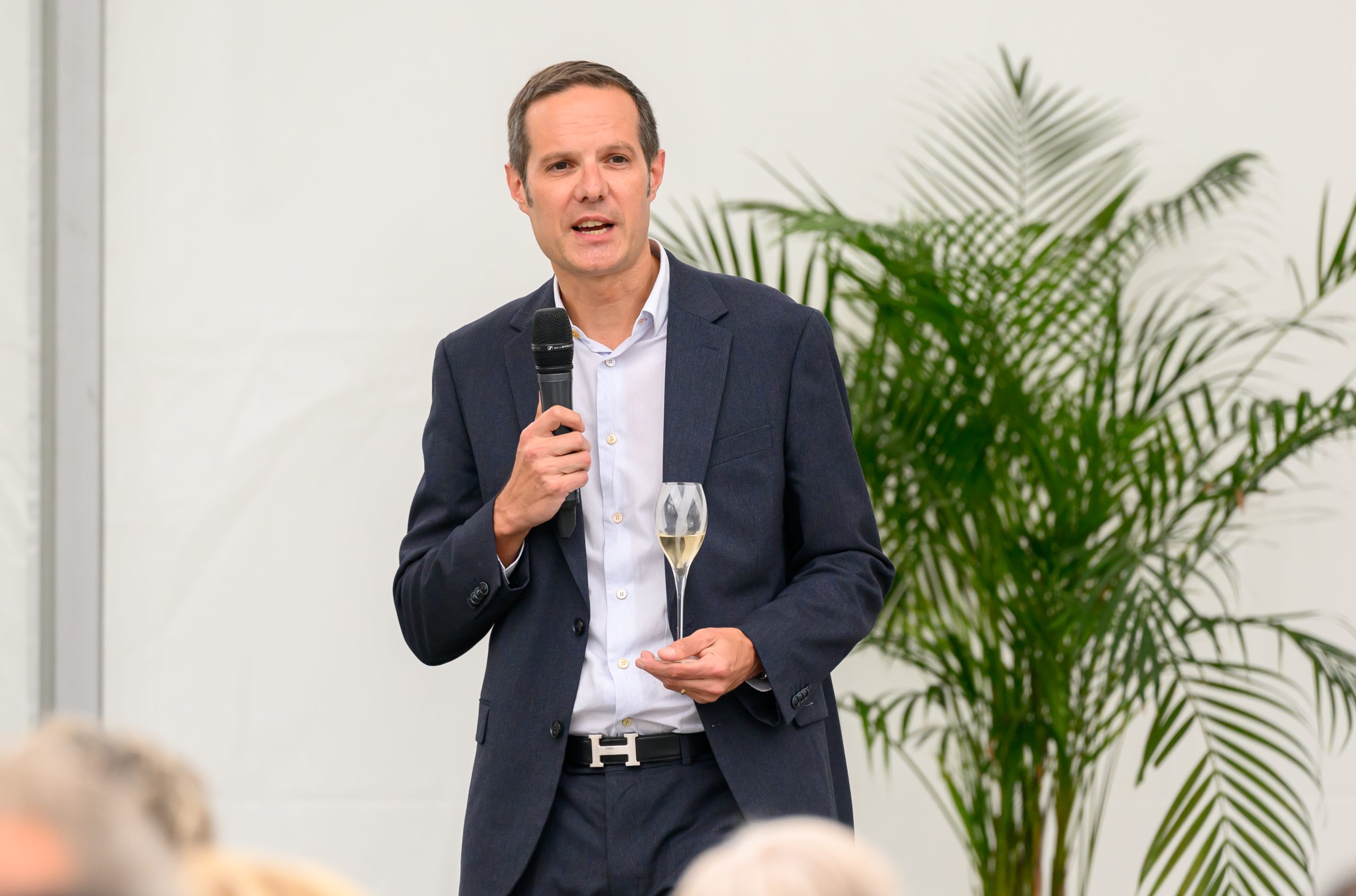Fine wine in focus: 2002 Champagne
Last month the 1995 vintage from Champagne was examined and while the prestige cuvees from that vintage show impressive returns there’s not much of them left for buyers to pick over.
The same can not be said of the 2002s which only began to hit the market in 2008 and, in the case of Pol Roger’s Cuvée Winston Churchill and Salon, continued to be released until the end of 2014.
As the companion piece to the examination of the ‘95s, this will briefly consider the performance of the 2002s so far as well as how and why these wines tend to perform so consistently.
As with the first part of this diptych the wines being considered are from the Liv-ex Champagne 50 index*.
As one can see from the chart below, the results are not all positive but several are strong when one considers how long they’ve been out for.
Taittinger’s Comtes Rosé stands out in particular but it has also been out the longest, hitting the market along with Cristal on 31 January 2008 – although Cristal hasn’t climbed quite as high so far.
Also in contrast to the 1995 chart where only two wines were released at over £1,000 a case, here over half of them were and it is unsurprising that the top three best performers were all originally under that figure. The Bollinger has clearly regressed but it probably doesn’t have quite the same cachet among collectors as the other brands which will likely hurt it in the short term. Its 1995 showed an impressive 245% return but had only climbed from £290 to £1,000.
| Wine Name | Original Price | Current Price | Change |
| Taittinger, Comtes Champagne Rosé | £780 | £1,650 | 112% |
| Taittinger, Comtes Champagne | £880 | £1,300 | 48% |
| Dom Pérignon | £820 | £1,080 | 32% |
| Philipponnat, Clos des Goisses | £1,150 | £1,439 | 25% |
| Louis Roederer, Cristal | £1,601 | £1,980 | 24% |
| Louis Roederer, Cristal Rosé | £3,600 | £3,907 | 9% |
| Dom Pérignon Rosé | £2,100 | £2,180 | 4% |
| Pol Roger, Sir Winston Churchill | £1,400 | £1,367 | -2% |
| Salon, Mesnil | £3,098 | £2,852 | -8% |
| Ruinart, Dom Ruinart | £1,000 | £892 | -11% |
| Bollinger, Grande Année | £810 | £720 | -11% |
As for the other wines that have declined so far, it’s likely they were released at a price the market simply found too high. Certainly 2002 has been hailed as a great vintage and as Liv-ex noted in its recent Cellar Watch report: “Hype and activity around the 2002s has created a reversal in the traditional movement of Champagne prices.
“Typically vintages are produced in large quantities and released when ready for drinking. Prices then plateau for the next three of four years while the Champagne is drunk, and rise when it becomes scarce.”
However, due to several acclaimed vintages of late and the increasing diversification of the fine wine market caused by the Bordeaux fallout, price falls upon release are now as common as price rises as the trading environment is much more liquid.
As Liv-ex reported Champagne is now being traded on the platform “more…than ever before” and now accounts for 5.6% of all monthly trade by value on average.
Partner Content
More than 50 different Champagnes have traded on Liv-ex so far this year when during the peak of the fine wine market in 2011 only 23 did.
As Anthony Maxwell, one of Liv-ex’s directors told the drinks business, top Champagne is also popular because it provides “consistent returns”.
It’s also well marketed upon release and although there’s a lot of it – it’s still relatively affordable and a lot is scooped up by the on-trade as Goedhuis’ Georgina Crawley notes.
The staggered release times helps as well with buyers only being presented with one or two top cuvées at any one time, meaning they’re more likely to take a few cases of Cristal when it appears and then the rosé the following year and their Dom Pérignon the year after that. There remains a sense of urgency to the buying because there re allocations but nor do collectors have to feel they can’t stretch to buying one wine or another if budgets are an issue.
It’s what makes prestige Champagne such a favourite among merchants as well, “it works in a proper market fashion,” says Corney & Barrow’s Will Hargrove.
The 2002s may not have hit their stride just yet but as they settle into the market and continue to lose liquidity there’s no doubt that a few years down the line those percentages will be 100% positive.
*Bollinger Grande Année, Krug, Cristal, Cristal Rosé, Dom Pérignon, Dom Pérignon Rosé, Philipponnat Clos des Goisses, Pol Roger cuvée Sir Winston Churchill, Dom Ruinart, Salon, Comtes de Champagne and Comtes de Champagne Rosé





Bollinger Grande Annee 2002 was released at £560 per 12 IB in 2011, if that helps?